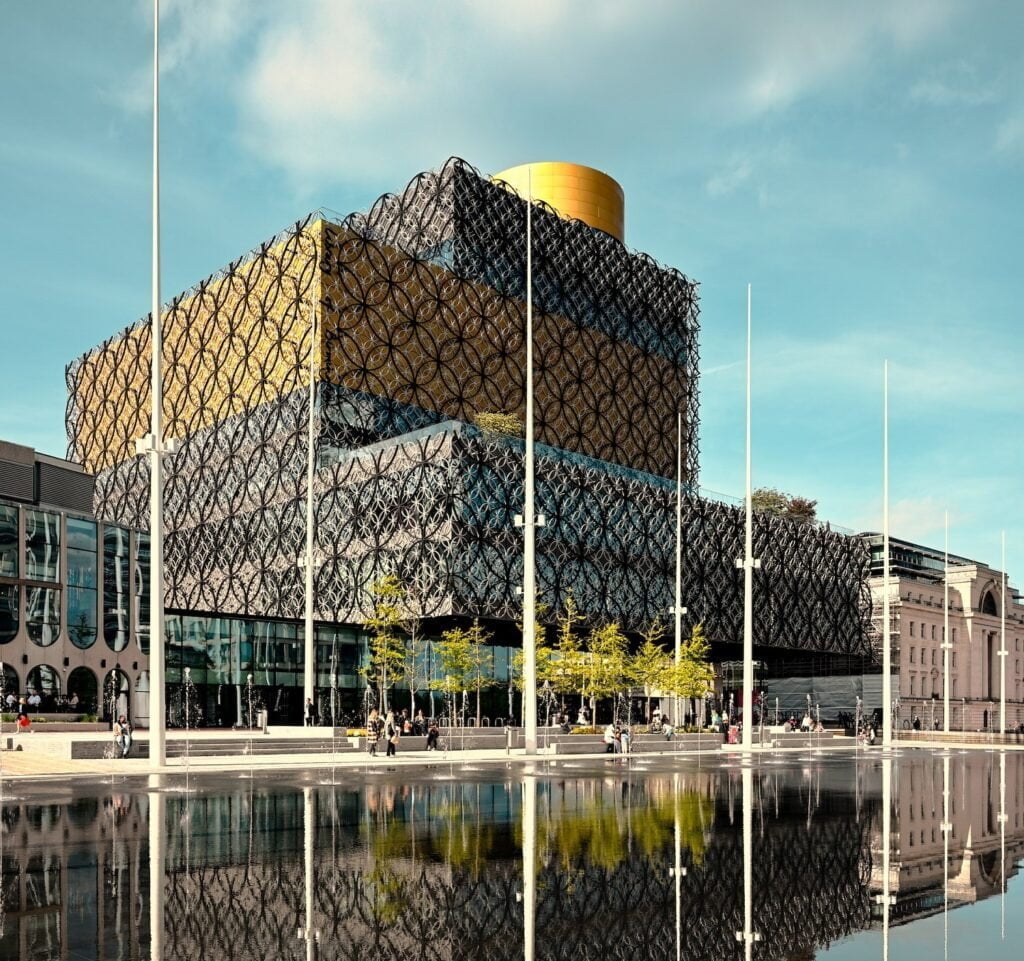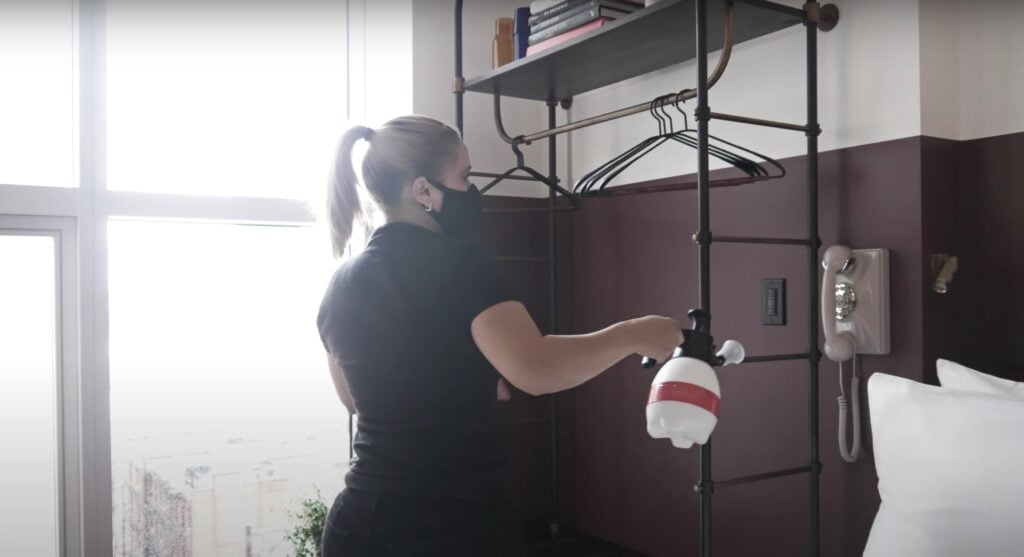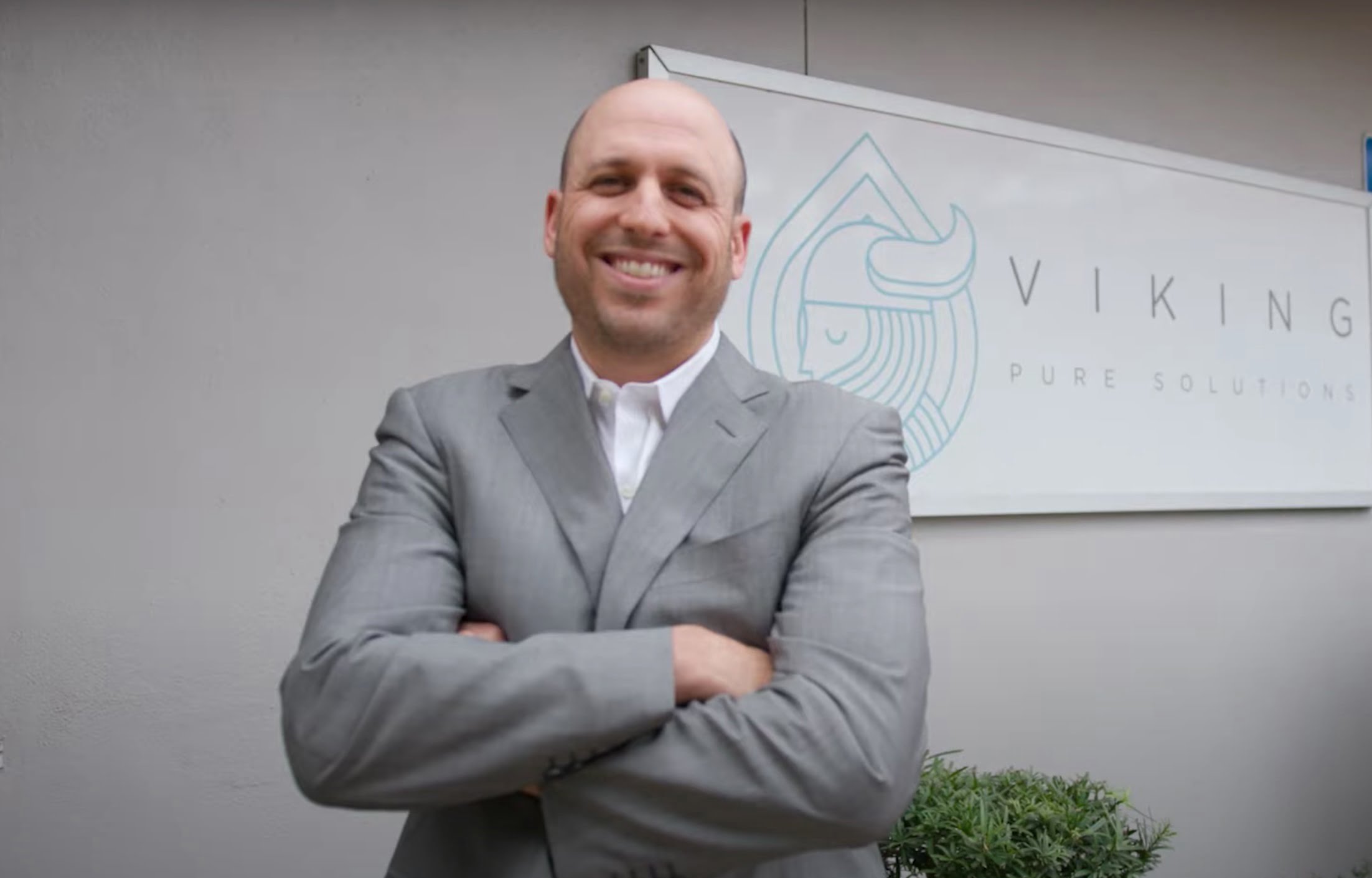Best Practices For Maintaining Sustainability in Large Facilities in 2023
By Joshua Schwartz, Co-Founder & President of Viking Pure Solutions
There’s no question that sustainability is a priority that’s trending upward, for consumers and businesses alike. Google searches relating to sustainable goods have increased by 71% in the last five years, and between the U.S. and the E.U., $1.4 trillion is currently being spent on environmental sustainability and climate adaptation.
This spending has merit. The reduced operating costs for green buildings provide a significant financial incentive. According to reports, green buildings can save an average of 25% – 50% on energy costs, reduce between 10% – 40% of their water consumption, and reduce maintenance costs by about 12%. Combining these factors results in an average 19% reduction in operating costs and a 34% reduction in CO2 emissions.
It’s safe to say that environmental sustainability will be a strategic imperative for commercial buildings in 2023.
For new construction and large-scale commercial real estate projects, decision-makers are taking a closer look at green building practices, sourcing sustainable materials, and similar avenues to achieving more environmentally friendly developments. For large facilities that are already in operation, however, the opportunities for sustainability may seem more out of reach.
7 Ways Large Commercial Facilities Can Operate More Sustainably

Photo by Paulina Milde-Jachowska on Unsplash
There are several ways that large facilities such as office buildings, hospitals, and manufacturing plants can ‘go green’ with sustainable maintenance and operating practices.
- Conduct an energy audit and analyze current standings. Directors and facility managers will be in a better position to recognize achievements and opportunities for improvements if they have an accurate benchmark of their building’s current operations. Review important metrics such as the current consumption/spend on energy, water, and maintenance; the age and efficiency (or lack thereof) of existing operating equipment; seasonal surges in energy use, and other relevant data points.
- Update, replace, or upgrade system and equipment assets to increase energy efficiency. For large facilities that have been operating for more than a decade, existing equipment and system assets may not be operating as efficiently as they could be, leading to energy waste or increased carbon emissions from materials. Where possible, these assets should be updated, replaced, or upgraded with energy-efficient alternatives.
- Promote and simplify eco-conscious behavior. Staff engagement in sustainable operating practices can make a significant difference in a building’s energy consumption. Facility managers can make eco-conscious behavior easier for building staff by replacing fluorescent or incandescent lighting with LED or CFL lighting, adding motion-activated sensors or timers, and making similar low-cost but high-impact changes.
- Replace harsh cleaning chemicals with non-toxic, eco-friendly alternatives. The chemicals we commonly use to clean and disinfect our buildings often contain harsh or toxic ingredients that can put human health and safety at risk, while releasing fumes and VOCs, and adding plastic and other waste to the environment. Green alternatives are available, but building managers should be selective; efficacy can be questionable with some products, while others that are labeled as “green” still contain ingredients that are harmful.
- Conserve resources and reduce waste with recycling efforts. Recycling should be a priority at every level of the facility’s operations. Consider everything from the practices for dealing with everyday trash and recycling (including how the facility disposes of packaging from supplies), to policies for recycling materials such as fluorescent lighting, batteries, and large pieces of equipment or appliances. Promote digital documentation wherever possible to reduce paper use
- Prioritize preventative maintenance. After the energy audit and operational analysis, facility managers need to keep a finger on the pulse of the continued efficiency of equipment and systems. Preventative maintenance and accurate record-keeping are essential to reduce energy usage and ensure optimal equipment performance on an ongoing basis. This will also help to extend the lifespan of equipment and minimize material use when parts need replacement.
- Account for supply chain impacts on sustainability. The extended supply chain of materials and supplies for building operation and maintenance is an area that’s often overlooked. The janitorial closet may be stocked with eco-friendly products, but if they’re shipped to the building, there are factors like carbon emissions from transportation, additional packaging (pallets, plastic, and paper), and disposal/waste from empty bottles to consider.
Sustainability Best Practices for Maintaining Commercial Buildings in 2023
Facility managers and operations directors of large commercial buildings have a lot on their plates. Looking beyond the ways to set a course for more sustainable building operations, there are some best practices that can make it easier to maintain eco-friendly and sustainable buildings in 2023.

Prioritize Green Cleaning Practices
Truly eco-conscious and sustainable cleaning practices go beyond the products used. Everything from how the building acquires the products and uses them, to waste and disposal methods has an impact. The best practices for green cleaning have a three-pronged approach:
- Use products that are truly all-natural and safe for humans and the environment. Don’t fall for greenwashing, where companies spend more to market their “green” features than actually reducing their environmental impact. Look for red flags on product SDS sheets and ingredient labels, such as hazards or ingredients that are hidden under terms like “fragrances”.
One example of all-natural cleaning solutions that are truly eco-friendly comes from a newer technology known as electrolyzed water (or e-water). Fresh water and salt are activated with an electrical current to separate the ions in the salt and produce two separate solutions: a powerful disinfectant and a multi-purpose cleaner and degreaser. The two solutions can replace 90% or more of a facility’s current inventory of harsh or toxic cleaning chemicals. Not all e-water is the same; the key is to look for manufacturers that are EPA registered and have third-party certifications such as Green Seal. Electrolyzed water cleaning and disinfecting solutions are on the rise as effective and sustainable alternatives to harmful chemical products.
- Replace paper products with reusable alternatives. Across the globe, our paper consumption is mind-blowing. Discarded paper towels alone account for 254 million tons of trash each year. Microfiber cloths and mop systems are a far more environmentally friendly solution. Microfiber is more absorbent, it collects fine dust that other materials cannot because of its static charge, and can reduce cleaning costs long term because it’s reusable. What’s more, color-coding with microfiber is an excellent way to improve cleaning practices and eliminate cross-contamination risk.
- Minimize waste and promote recycling. Waste management is a significant concern for large commercial buildings, and green-focused practices can benefit more than just the environment; optimized waste management can reduce the building’s costs for disposal. Facility managers should consider ways to reduce the waste coming into their buildings, such as installing equipment that will allow them to produce cleaning supplies on-site so staff can refill bottles and buckets as needed. On-site generation of cleaning products is beneficial for the environment because it eliminates single-use plastic waste and naturally promotes a reuse and recycle mentality.

Proactively Maintain Equipment (and Track It!)
The key to maintaining a facility that’s operating efficiently and sustainably lies with the regularity of preventative maintenance. Prioritizing routine checks and logging them is essential, as we’ve already covered, but the functionality, comfort, safety, and efficiency of building systems are wholly dependent on the level of proactivity of building managers and their teams. It’s not surprising when equipment checks are overlooked because attention is directed to more pressing issues, but this can quickly get out of hand. Minor leaks, repairs, or replacements can rapidly turn into serious failures or asset damage.
Computerized Maintenance Management Systems (CMMS) can help keep proactive preventative maintenance on schedule to prevent system or equipment inefficiencies or asset damage. These systems can track equipment maintenance logs, contracts and/or warranties, planned preventive maintenance schedules, and compliance-related maintenance work, which is especially useful for large facilities or operations managers overseeing a large portfolio of sites. Additionally, the data collected through this type of system usually offers deeper insight into asset performance and can be used to further improve energy efficiency.
Optimize Energy Use With Control Solutions
Electricity and HVAC systems are often the primary culprits for high energy costs, but it often doesn’t take much to improve their function for more sustainable and cost-reducing results. Control solutions are key; as we all know, energy is wasted when lights and heat or air conditioning are on in an unoccupied space. Therefore, occupancy sensors and timers are some of the most common types of lighting controls. These controls also exist for HVAC and programmable thermostats, allowing facility managers to better regulate the temperature in building spaces. Just don’t forget to set the programming for the correct time and date!
Improving and maintaining sustainable operations is complex and multi-layered, particularly for large commercial facilities. However, the directors and managers of these buildings can optimize their energy use and reduce the environmental impact of their facilities by prioritizing green cleaning practices, being proactive with preventative maintenance, and using control systems and programmable solutions to optimize energy use.
About the Author

Joshua Schwartz, President & Co-Founder of Viking Pure
Joshua is an active developer of medical real estate and supportive housing. Prior to Viking Pure, Schwartz was the President of an Article 28 Diagnostic and Treatment Center. He began his career in the financial industry, first in investment banking at Citigroup and then at private equity firm Apollo Management. Josh graduated Phi Beta Kappa from Yale College with a B.A. in Economics with Distinction and holds a master’s from New York University, where he graduated with Honors.